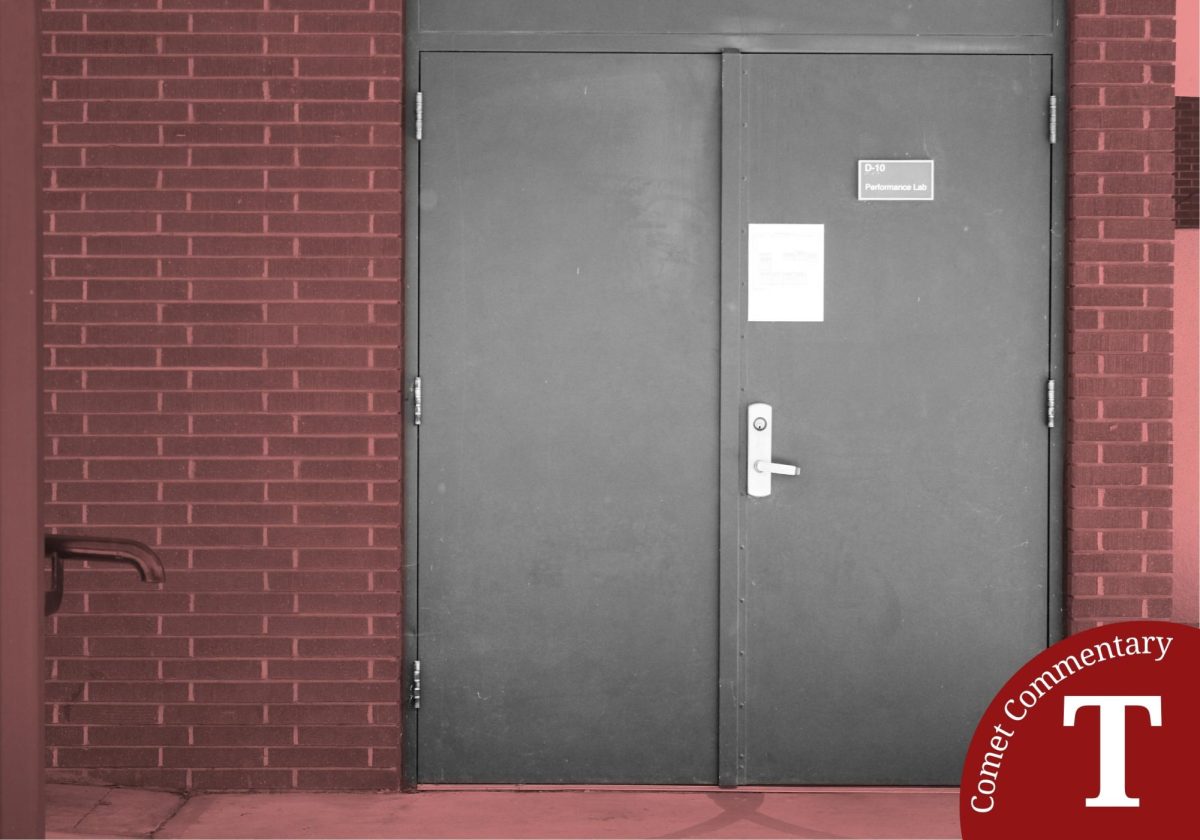The phrase is as old as time, and rings true in any aspect of business, “you have to spend money in order to make money.”
In order to make money, the common people have to be able to spend it, which means they need a decent minimum wage.
In the city of Los Angeles, the city council has approved a minimum wage hike for hotel workers who work in large hotels of 125 rooms or more. While the minimum wage in the state of California is $9 an hour, their new minimum wage is $15.37 an hour.
This increase is a good investment for a growing economy such as Los Angeles, and makes one wonder when other big cities like San Diego or New York will follow suit.
Three-quarters of the full-time labor force residing in Los Angeles earn less than comparable workers 30 years ago, according to a report by Daniel Flaming and Patrick Burns of the Economic Roundtable.
When the federal minimum wage was set back in 1938 as part of the Fair Labor Standards Act, the intent was that workers would receive wages sufficient to maintain “the minimum standard of living necessary for health, efficiency and general well-being.”
The year 1968 was when the federal minimum wage had its greatest value. Set at $1.60 an hour, when compared to the 2012 dollar, it has a value of $10.51. The current federal minimum wage is $7.25 an hour.
When you look at the current cost of living nowadays, it’s amazing that a family of four can maintain the basic standards of living. When you look at a city like Los Angeles, it’s even more of a surprise. So you wonder what does it cost to live in San Diego?
According to calculations done on Payscale.com, the cost of living in San Diego is around 30 percent higher than the national average. In comparison to other major cities in the United States, only New York is more expensive to live in. The cost of housing in San Diego? 100 percent higher than the national average. Yikes.
Working in a hotel, I can see how people in the hospitality industry struggle to make ends meet. I work two jobs to stay ahead and pay my bills. A lot of my co-workers only work one job. They are either relegated to living at home with their parents, or they rent an apartment with close friends or random people.
According to the criteria set in the Fair Labor Standards Act, a current living wage in Southern California is about $15 an hour. If you calculate that wage for a full-time worker (35 or more hours a week for 50 or more weeks a year), that would mean a typical worker would make $26,250 a year.
Compare that to 1985, when most community college-age kids were born. The same amount it costs now to survive was worth $11,901, which if you follow the same criteria from the FLSA rounds out to an average wage of $6.81 an hour. This means if you were making $15 back in 1985 you were living a life of luxury.
Let’s compare some statistics. In 1985, the average cost of a gallon of gas was $1.20, a dozen eggs was 80 cents, a gallon of milk was $2.26 and a new home was $100,800. Now, in 2014, on average ,a gallon of gas costs $3.20, a dozen eggs is $1.95 and milk is $3.64.
In San Diego, the city council recently voted to hike up the minimum wage to $11.50 an hour by 2017. Yet, there has been plenty of opposition against it. That makes no sense.
Flaming and Burns’ report states plenty of reason as to why raising minimum wage would work. Here are some reasons:
1) Low-wage workers will be paid more and their standard of living will improve.
2) More money would stay in Los Angeles (or San Diego in this case) rather than being paid to stockholders who live elsewhere.
3) Low-wage workers who receive the pay increase are likely to spend all of that money.
More spending and economic stimulus occurs when money is in the pockets of lower-income workers than when it is in the pockets of higher-income stockholders.
When the poor get paid more, the money circulates within their general living area. The standards of living improve in said area, and more people aren’t lining up to move where they can afford it. They’ll stay where they are, working a job that allows them to live in some comfort instead of toiling and resenting having to work.
The Los Angeles city council figured that out, and therefore helped the situation. If San Diego does the same thing, more people would actually want to stay in San Diego.













